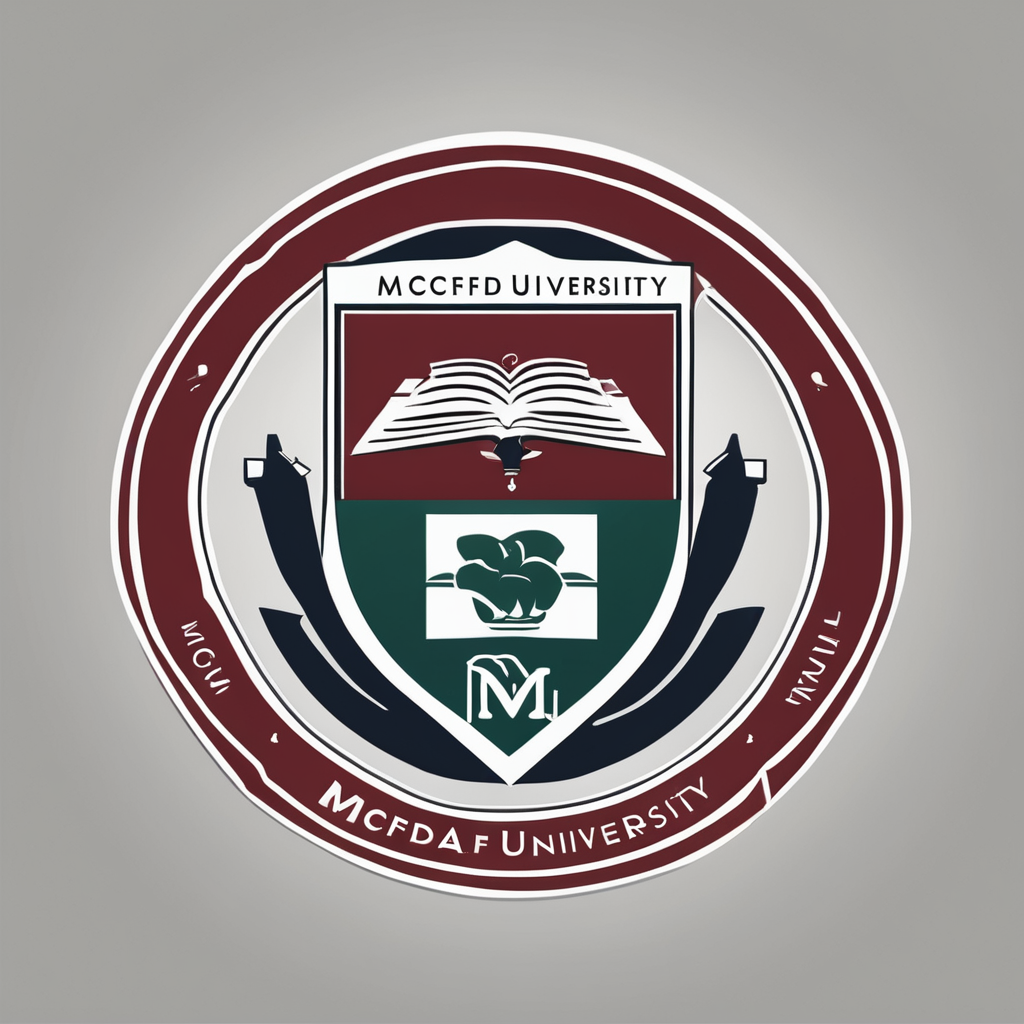Overview of Technological Advancements in UK Education
The UK education sector is transforming through key technologies, reshaping learning experiences and environments. A primary focus is on digital platforms that facilitate seamless interaction and access to educational resources. Technologies like virtual classrooms and online collaboration tools are becoming integral to modern education, enabling students and teachers to transcend traditional boundaries. These platforms promote flexibility and accessibility, allowing learners to engage with content anytime and anywhere.
Recent trends highlight a growing adoption of personalized learning technologies, including adaptive learning systems that tailor educational content to individual student needs. This shift acknowledges the diversity in learning styles and paces, enhancing student motivation and engagement.
This might interest you : How Does Emerging UK Technology Impact Our Daily Lives?
Government and Institutional Support
The UK government recognizes the pivotal role of education technology and has introduced initiatives to support its integration. Funding programs and policy frameworks aim to equip schools with the necessary infrastructure and tools for effective technology adoption. Educational institutions are increasingly collaborating with tech companies to pioneer innovative solutions, ensuring that the technological advancements align with educational goals. These efforts underscore a commitment to preparing students for a rapidly changing digital landscape, fostering a skill set suited for the future workforce.
Integration of Technology in Educational Settings
Integrating technology into classroom settings creates dynamic learning environments that are adaptable and interactive. By examining successful technology integration cases, one can see how schools effectively use digital tools to improve educational outcomes. Many institutions are adopting blended learning models, which combine traditional teaching methods with digital resources. This approach enhances student engagement by offering varied and flexible learning experiences.
Also read : What Are the Emerging Risks of AI in UK’s Technological Future?
Despite these advancements, educators often face challenges when incorporating new classroom technology. One significant hurdle includes the need for proper training to ensure teachers can navigate and implement these tools efficiently. Additionally, some educators encounter resistance due to the unfamiliarity with evolving technological landscapes, necessitating ongoing professional development and institutional support. To overcome these challenges, schools are implementing structured training programs, equipping teachers with the skills and confidence needed for successful technology adoption.
Benefits of Technology in Education
Incorporating technology within the education sector significantly enhances student engagement and motivation. Educational tools tailored to students’ needs create a more interactive learning experience. When asked how student engagement improves with technology, one might respond: “Engagement increases as digital tools make learning more immersive and appealing.” These technological advantages offer more personalized learning paths, helping students progress at their own pace.
The use of educational technology enables personalized learning experiences that cater to diverse student needs. How do educational tools provide personalized learning? The answer lies in adaptive systems that assess individual preferences and strengths, customizing content for optimal learning. Students benefit from materials that are dynamically adjusted, fostering a deeper understanding and retention of knowledge.
Moreover, the adoption of technology has shown a positive correlation with academic performance improvements. What evidence exists of enhanced academic achievement due to technology? Statistical data indicates that students using well-integrated technology platforms often outperform peers without access to such resources. These technological advancements contribute not only to improved grades but also to the development of critical 21st-century skills, preparing students for future challenges.
Challenges and Limitations of Technology in Education
In the landscape of modern education, while technological advancements present numerous benefits, several technology challenges remain. One significant concern is the digital divide, which refers to the gap between individuals who have access to modern information and communication technology and those who do not. This divide can exacerbate educational inequality, with some students unable to access digital learning tools vital for success. Disparities are often linked to factors such as socio-economic status, geographic location, and availability of resources, which can hinder equal opportunities in learning experiences.
Another critical issue is the potential for digital distractions. While technology facilitates engaging educational content, it also opens avenues for off-task behaviour. Students may find themselves tempted by non-educational apps or social media during study time, leading to decreased concentration on academic activities. Institutions often need to implement strict usage policies and foster digital responsibility to mitigate these distractions.
Additionally, there is a resistance to integrating new technologies within some educational institutions. This reluctance often stems from unfamiliarity and discomfort with rapidly evolving tools. Teachers and administrators may feel overwhelmed by the demand for continuous adaptation and the pressure to stay current with technological trends. Consequently, professional development programs become crucial to equip educators with the skills required to overcome these challenges and foster a supportive learning environment.
Future Implications of Technology in UK Education
As the UK education sector continues to evolve, the future of education will undoubtedly be shaped by emerging technological trends. Continued advancements in educational technology promise a significant transformation in how learning experiences are structured and delivered. A key player in this evolution is artificial intelligence (AI), which, alongside machine learning (ML), is expected to revolutionise educational practices. AI and ML can personalise learning by analysing student data to adapt content, ensuring that teaching methods meet individual learner needs. Such technologies provide insights into student performance and foster tailored educational pathways.
In addition to personalisation, future technologies are poised to alter the teacher-student dynamic. Automation in administrative tasks might allow educators more time to focus on nurturing critical thinking and creativity among students. Although technology is set to play a more significant role, the essence of pedagogy will still revolve around human interaction. However, with these advancements, the role of teachers is likely to shift from traditional knowledge transmitters to facilitators and guides in the learning journey.
These innovations promise enhanced educational outcomes but also necessitate comprehensive preparation and adaptation from the educational community. For successful integration, ongoing research and development in educational technology trends are crucial to identify and overcome potential challenges. This proactive approach ensures that future implementations are practical and beneficial, ultimately enhancing the UK education framework to better equip students for prospective challenges.
Impact on Teaching Methodologies
In the realm of education, the adoption of technological advancements is leading to significant educational reforms, transforming traditional teaching methodologies. By integrating digital tools, educators are exploring innovative approaches to teaching and learning. These innovative teaching practices are enabling more interactive and engaging classroom experiences, which cater to various learning styles and foster student creativity.
One notable example is the use of gamified learning, where game design elements are incorporated into educational activities to increase motivation and engagement. For instance, students might participate in interactive simulations or educational games that require problem-solving and critical thinking skills. This approach not only makes learning more enjoyable but also enhances cognitive skills by promoting competition, collaboration, and immediate feedback.
Another impactful methodology is the flipped classroom model. Here, traditional teaching is reversed, with students accessing instructional content, often via video lectures, outside of the classroom. Class time is then dedicated to hands-on activities and discussions. This model encourages students to engage with material at their own pace, promoting a deeper understanding and facilitating active learning during class sessions.
However, for these methodologies to be effective, educators need continuous training and support. Professional development programs are essential for equipping teachers with the necessary skills to implement and adapt to new teaching strategies. This involves familiarizing educators with new technologies and teaching them how to integrate these tools into their curricula seamlessly.
Ultimately, the integration of technology in education necessitates a shift in teaching paradigms. By embracing technological innovations, educators can develop dynamic and engaging learning environments that better prepare students for the challenges of the modern world.





